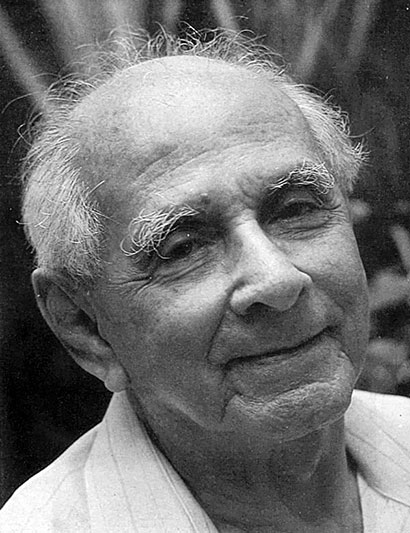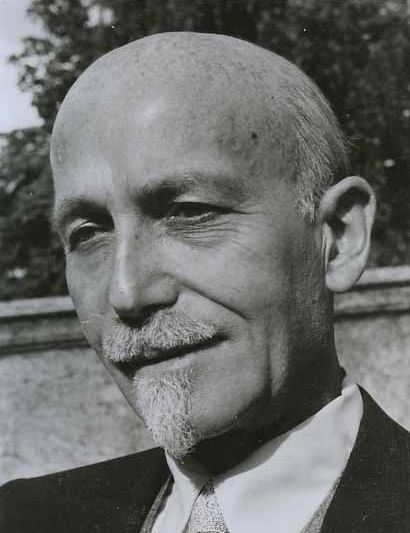Dear Friends,
Paul Brunton was the pen-name of Raphael Hurst (21 October 1898—27 July 1981), a British author of spiritual books. In 1930, he embarked on a voyage to India, which brought him into contact with Meher Baba, Vishuddhananda Paramahansa, Paramacharya of Kanchipuram and Ramana Maharshi. At the Paramacharya’s insistence, he met Ramana Maharshi in 1931, which led to a turn of events culminating in revealing Ramana to the western world. He became famous on the publication of his book, A Search in Secret India in 1934 which was followed by many others like The Secret Path (1935), A Search in Secret Egypt (1936), A Message from Arunachala (1936), A Hermit in the Himalayas (1936), The Quest of the Overself (1937), Indian Philosophy and Modern Culture (1939), The Inner Reality (1939), The Hidden Teaching Beyond Yoga (1941), Wisdom of the Overself (1943) and Spiritual Crisis of Man (1952) which also were widely read. He was instrumental in making Ramana Maharshi known all over the world. In the 1930s he asked permission to visit the Sri Aurobindo Ashram. He was allowed on the condition that he would write nothing on Sri Aurobindo: the Ashram did not want publicity. Knowing his own ability to make the Ashram popular in the world’s eyes, he was greatly amazed at the restriction put on him, but he has stuck to the order throughout his life and confined himself in his books to making general statements of his admiration for Sri Aurobindo with no view to popularization or propaganda.
During his stay in the Ashram he became very friendly with Amal Kiran alias K. D. Sethna and the friendship continued beyond his stay. One of the important statements he made to Sethna was: ‘The pictures I had seen of Sri Aurobindo had not prepared me for the surprise I had when I stood before him at darshan. Immediately I recognised a figure I had seen in one of my visions. Sri Aurobindo had appeared to me at a time when I had to make a decision and he had helped me to take the correct course.” The Mother told Amal Kiran later that she had found Brunton a man who had an opening and a freedom on the mental plane which had made it possible for him to come into occult contact with physically unseen people. Brunton paid two visits in all to the Ashram. His secretary, Miss Margaret Oddwinkle, decided to become a member of it. She was accepted by the Mother and, on request, received a new name ‘Pavita’—by which she was known ever after.
Amal Kiran met Brunton a third time in Bombay and his interview was published in the Bombay weekly newspaper Blitz. This was at the time when Hitler had attacked Russia in World War II. The interview dealt with that event as well as with spiritual topics and recorded Brunton’s high opinion of Sri Aurobindo’s world-vision. A correspondence went on between him and Amal Kiran at intervals over two or three years. Some letters from the former have been found in an old file and are offered to the readers of Overman Foundation. Four letters of Amal Kiran’s have already been published in his book, The Vision and Work of Sri Aurobindo, under the titles: ‘Sri Aurobindo and the Philosophers’, ‘Aurobindonian Viewpoints’ (in two parts) and ‘The War behind the War.’ Brunton published a review of Amal Kiran’s book of poems The Secret Splendour in a Bangalore periodical, New Thought, edited by a brother of the well-known novelist, R. K. Narayan.
With warm regards,
Anurag Banerjee
Founder,
Overman Foundation.




